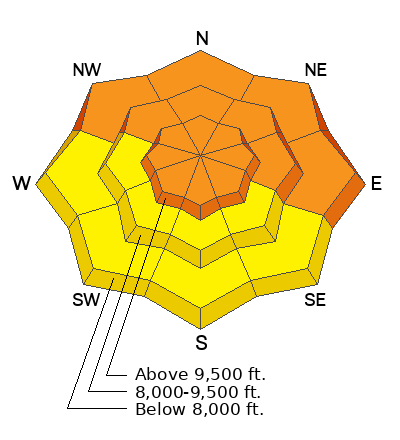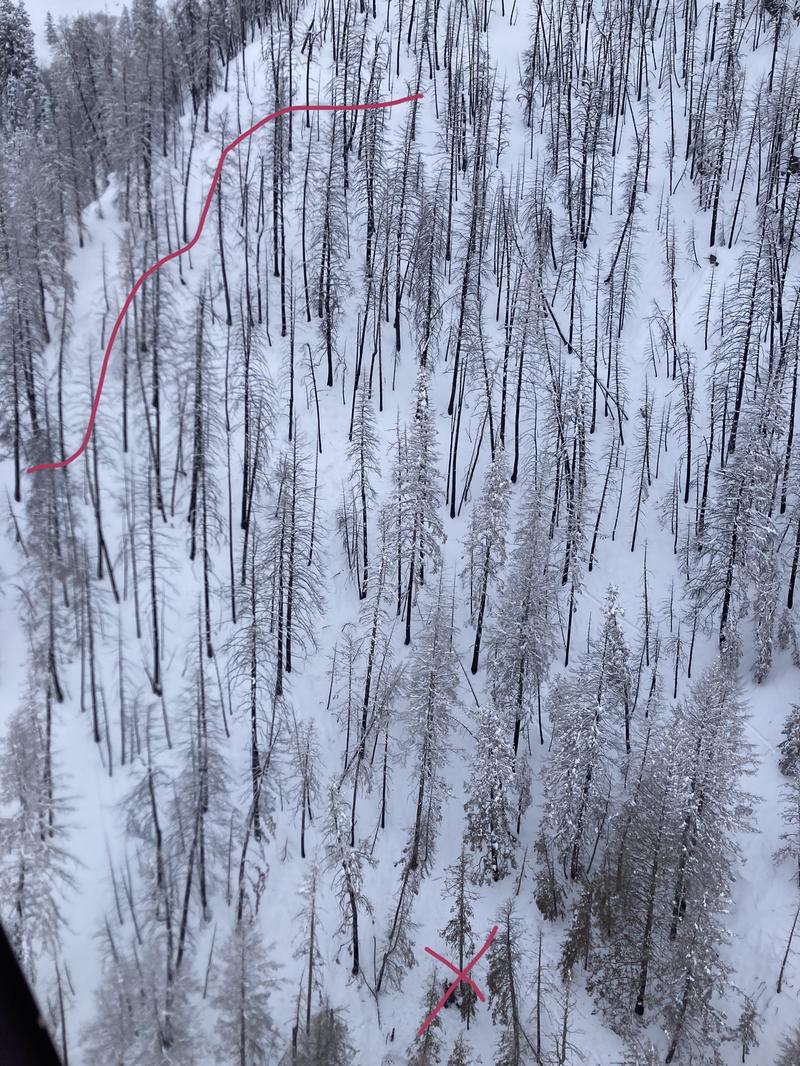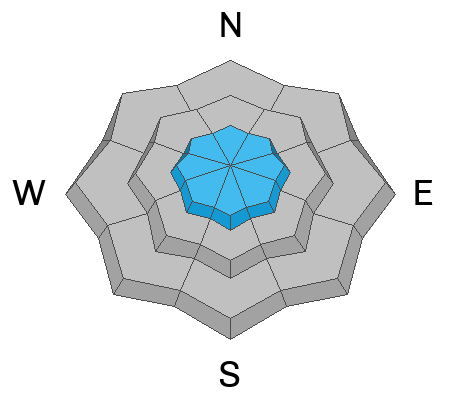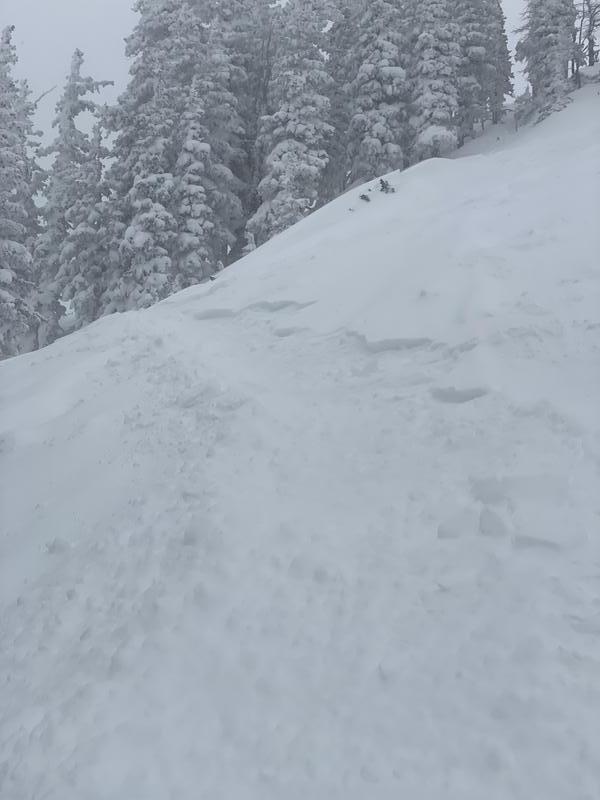Special Avalanche Bulletin
DANGEROUS AND UNUSUAL AVALANCHE CONDITIONS WILL LAST THROUGH AT LEAST THIS WEEKEND. HEAVY SNOWFALL THIS PAST WEEK HAS CREATED DANGEROUS AVALANCHE CONDITIONS AT ALL ELEVATIONS. DON'T BE LURED BY THE BEAUTIFUL SUNNY SKIES AND FRESH POWDER INTO THINKING AVALANCHE CONDITIONS ARE SAFE WHEN THEY ARE NOT.
DO NOT TRAVEL ON, UNDERNEATH, OR ADJACENT TO SLOPES 30 DEGREES OR STEEPER ON SLOPES FACING NORTHWEST, NORTH, NORTHEAST, AND EAST WHERE TRIGGERING LARGE AND DANGEROUS AVALANCHES IS LIKELY. THIS INCLUDES LOW-ELEVATION FOOTHILLS WHERE AVALANCHES CAN OCCUR NOT FAR FROM PARKING AREAS AND TRAILHEADS.
Temperatures this morning are in the single digits with partly-cloudy skies. Winds are from the northwest with gusts in the teens mph at mid-elevations and 20's mph at upper-most elevations.
Snowfall totals since Sunday night are 1 - 2.5' containing 1" - 1.5" of water.
For today, partly-cloudy skies with temperatures in the high single digits. Winds will be from the northwest with gusts in the teens at mid elevations and upper 20's mph at the upper elevations.
For this weekend, sunshine and cold temperatures with a chance for a return to unsettled weather by mid-week.
Although specific to the Salt Lake mountains, you can get caught up in significant weather and avalanche activity over this past week by reading our
Week in Review.
The were reports of
sensitive wind drifts on Thursday, including a large natural avalanche in
Snake Creek on an east aspect at 9,200'. The slope appeared to be wind-loaded from the sustained northwest winds on Thursday and estimated at several hundred feet wide and a crown 1-2' deep.
There were three serious avalanche accidents this past week with serious injuries with two that required rescues. The avalanches broke down over 2' deep into the layer of November facets. These avalanches occurred at low elevations below 8,000':
Friday, December 9 an
avalanche accident on Santaquin Peak that failed in the persistent weak layer of faceted snow also involved serious injuries. The avalanche was 1-2' deep and 600' wide.
Further north in the Salt Lake mountains:
Tuesday - Pink Pine Ridge 7,800' North-facing 2-3' deep, 60' wide.
Read the preliminary report. UAC staff visited the area on Wednesday, but due to avalanche danger, chose not to approach the actual avalanche:
Aerial image of the Neff's Canyon crown and burial site.
During some clearing Wednesday afternoon, there was evidence of a natural avalanche cycle earlier in the storm where most of these avalanches failed either within the new snow or deeper in the persistent weak layer. These included:
- Dry Canyon bowl - west side of Timp near Everest Ridge - Upper elevation SE facing terrain - failed 1000' wide
- Middle Finger - above Sundance into Dry Lakes - 9500' - ENE facing terrain
- Slide Canyon - Provo Canyon - Aspect and Elevation unknown
- Bunnell's Ridge - White Limbo to 1st bench - Upper elevation ENE facing terrain














